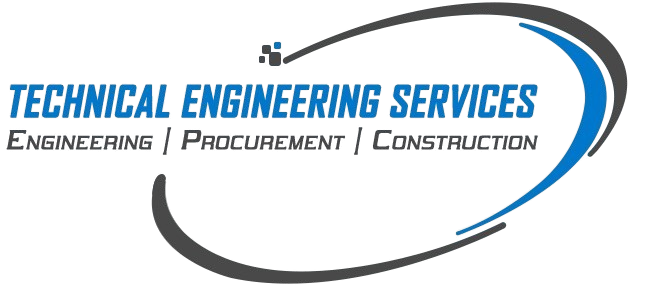At Technical Engineering Services, our CT/PT testing (Current Transformer / Potential Transformer testing) ensures that your measurement and protection systems are functioning correctly and reliably. Below is a detailed overview of the CT/PT testing services we provide, highlighting their importance, advantages, and procedures.
CT Ratio Testing
CT Polarity Testing
CT Excitation Test
PT Ratio Testing
PT Insulation Resistance Testing
Burden Measurement (CT/PT Load Testing)
CT/PT Ratio and Polarity Verification for Protection Schemes
CT Saturation and Knee Point Voltage Test
Functional Testing of Protection Relays (Using CT/PT Data)
